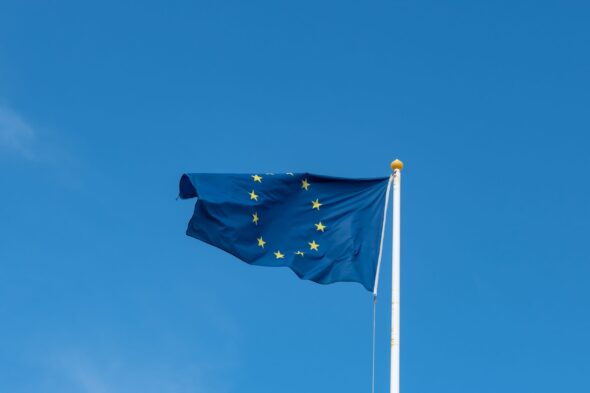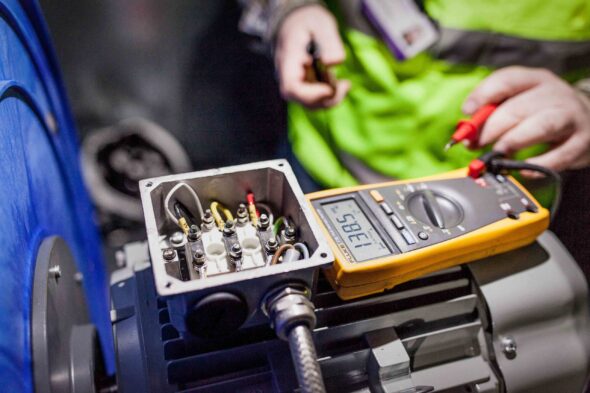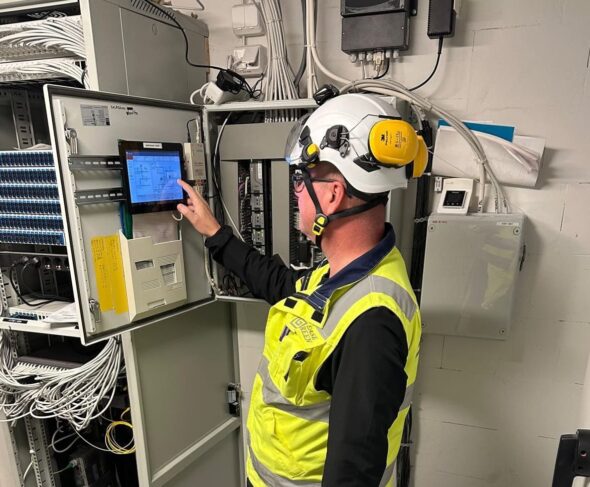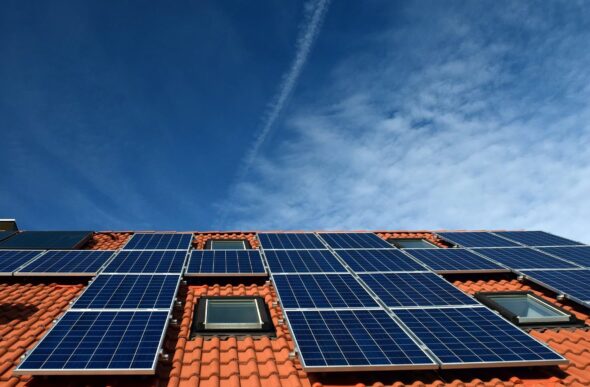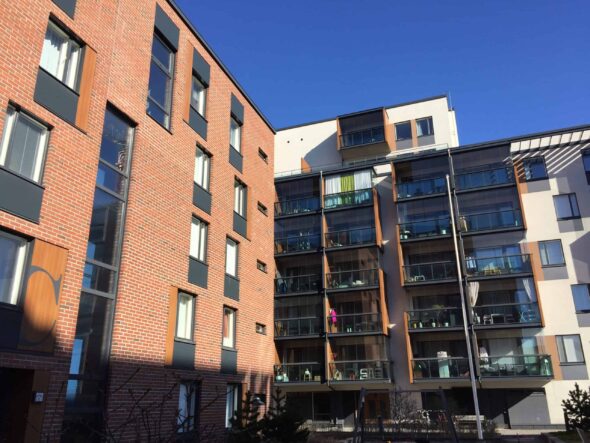The Finnish electricity market made history a few days ago. Electricity prices turned negative for the first time. Electricity users did not pay anything for energy, they were paid for agreeing to use energy.
Rapid growth in wind power generation will help mitigate climate change in the cold Nordic region. The energy system cannot be built on wind, but low-emission wind energy will ensure that electricity prices in Finland remain at a level that is affordable by European standards. This will support the electrification of industrial processes and heating of buildings.
The climate impact of flying is much talked about. However, zero emissions from heating are many times more important than stopping flying.
Varma, Finland’s largest pension company, is setting a good example. Varma asked us to map the potential for energy renovation in more than 100 rental houses, and last week we announced that 36 of them will be taken on.
In the first phase, we modernised 13 apartment blocks, 8 of which will switch from district heating to geothermal heat pumps. Many sites also include exhaust air heat recovery solutions and photovoltaics. LeaseGreen implements all sites as a full service, including everything from planning to implementation and intelligent control.
Varma’s energy renovations will cut the emissions of the pension company’s residential buildings by almost 50% in just a few years. At the same time, energy costs will also be significantly reduced. The return on real estate will improve, the repair debt will decrease and the value will increase.
This is reportedly the first time in Finland that the energy management and carbon footprint of such a large portfolio of properties has been examined as a whole. What is also new is that CO2 is now a decision-making criterion alongside money. This means that responsible companies can accept longer payback periods for investments. We are approaching a point where we need to start talking about carbon reforms instead of energy renovations.
Varma is by no means the only one. OP Group and S-Group have set a target of carbon positivity by 2025. These and many other examples suggest that companies want to move faster than the state.
The reason is logical: in the 2020s, the carbon footprint will become a key competitive factor for companies. CO2 will soon be on the price tag of all products and services, be it a Mercedes or a sausage. The carbon footprint affects the price of products and services, the value of housing and rental value of office buildings, the reputation of companies, the recruitment of employees, the bonuses of company directors – pretty much everything.
Low emissions are an opportunity, high emissions a risk. The great driving forces of capitalism – greed and fear – are grouped together in support of climate work. Smart carbon retrofits increase profits and reduce risks.
Money is a strong motive. The second reason is that business leaders are human too. Many managers say that pressure from consumers, owners and investors is growing and influencing more and more decisions every year. But the most pressing questions come from your own children and grandchildren.
In the old world, companies were only supposed to make money. In the 2020s, businesses should do good so that they can get the public’s permission to make money too.
The author Thomas Luther is the CEO of LeaseGreen. LeaseGreen is a cleantech service company specialising in energy efficiency for large buildings and industrial processes.


